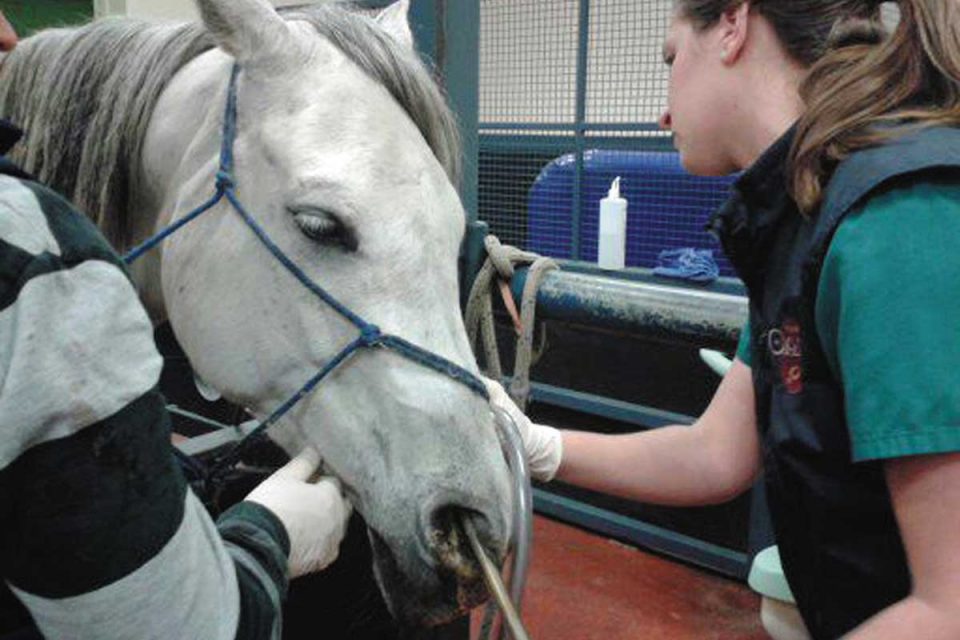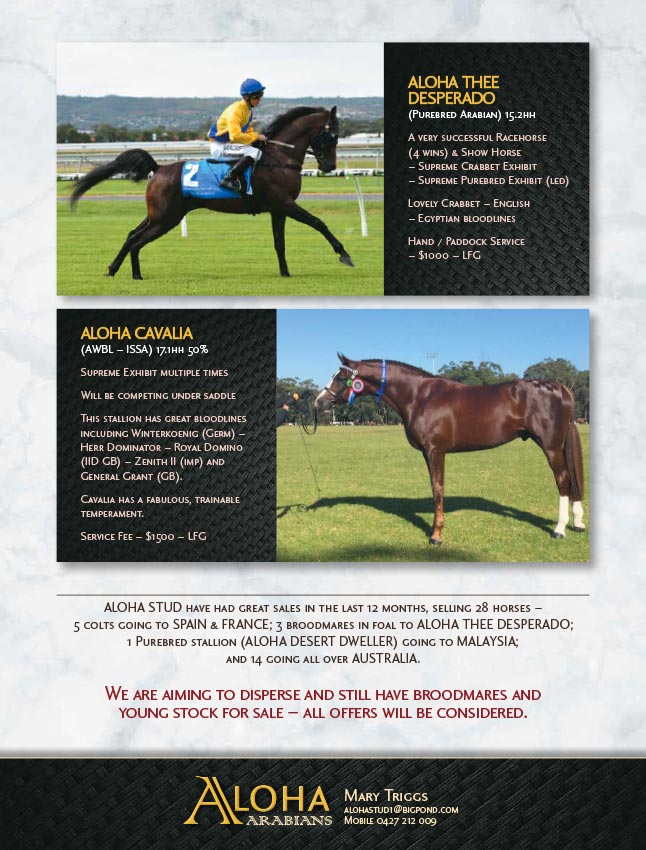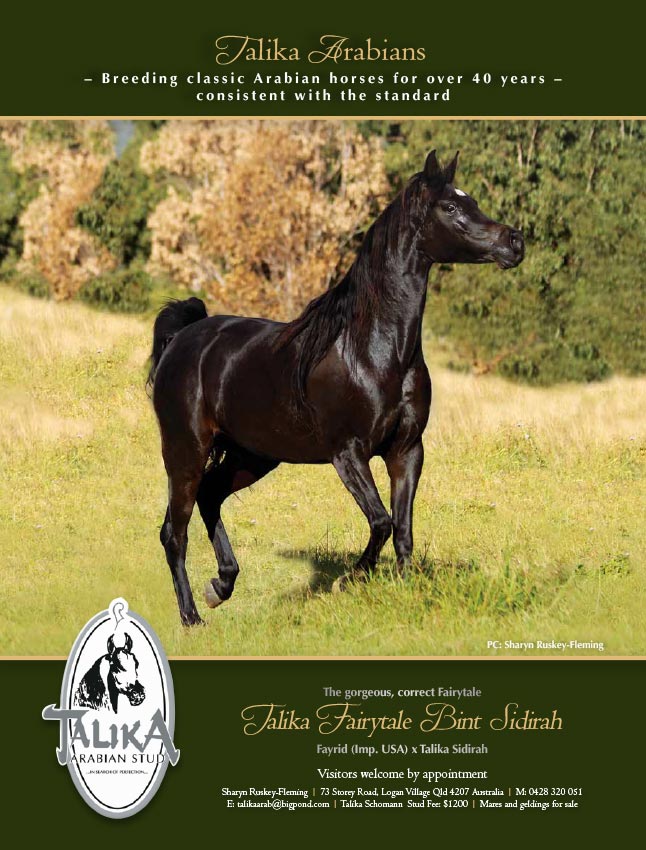Stallion Accumulators

Dream Seat or Saddle Fit Nightmare
September 3, 2020Stallion Accumulators
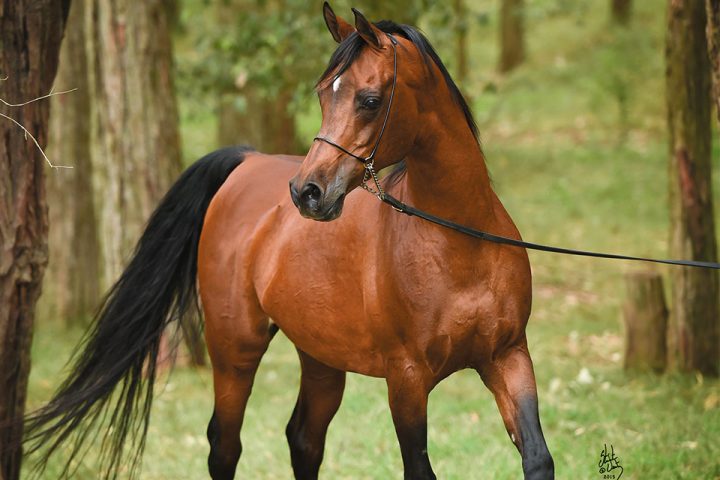
TOO MUCH OF A GOOD THING
BY CINDY REICH
Often at the beginning of the breeding season, when collecting semen from a stallion, the quality of the collection is not very good. Most breeding farms start collecting stallions a few weeks in advance of the breeding season to ‘clean the pipes’ as one gentleman told me. It is also a good idea to culture the stallion’s prepuce, urethra, penis and semen at this time, so that you know before the breeding season starts if you have any pathogenic problems. But what happens if after you have done your ‘spring cleaning’, the stallion’s sperm quality is still very poor?
Here is an interesting case history. A 12-year-old stallion had been shown at a very high level for approximately six years. He bred 20-30 mares per year around the show schedule and the majority became pregnant. Over the last two years, the sperm quality had declined and the owners no longer shipped semen on him, as the motility was generally very poor within several hours of collection. Even on the farm, the stallion was not getting mares pregnant. Another breeder who admired the stallion asked to lease him for a year and see if he could improve the stallion’s semen quality.


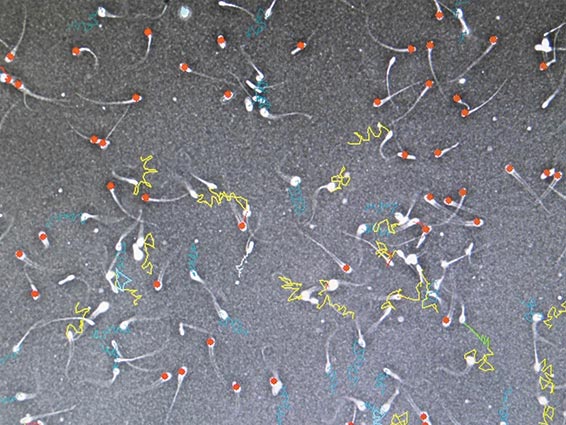
In conversation with the new manager of the stallion, I had many questions. Had the stallion been under lights in the winter so that he would have a short hair coat for showing? Had the stallion been on any ‘supplements’ to decrease his interest in mares in the show arena? Had the stallion been living isolated from other horses? Was he stalled in a barn with mares or only male horses? What was the size and consistency of his testicles? How was his libido? Honest answers to these questions could have a significant impact on managing this stallion going forward.
Fortunately the new manager, being an excellent horseman, arranged the lease to start in November, when days are short and winter is in full effect. The stallion HAD been under lights for show in previous winters. This winter he would be light-free. No lights other than natural daylight. No blankets. He would live as a horse should in winter, growing out a winter coat and being exposed to increasingly short days. The reason for this is that the hormones that control reproduction are driven by being exposed first to short light days and then longer light days. Horses are seasonal breeders. Keeping a stallion under lights in winter never gives the reproductive hormones a chance to re-boot. Often, stallions will get refractory. In other words, at the height of summer, if they had been under lights in winter, the semen quality will abruptly drop, as the hormone system has run its course and has to recalibrate which can only happen by undergoing a short/long day existence.


The stallion was fed a very simple diet of roughage and oats. No processed feeds, no supplements of any kind. No one would admit as to whether the stallion had received any ‘supplements’. It is far too common in the show and race industry to give stallions hormones to suppress testosterone production. However, while the stallion might be better mannered in the show ring, he will be a dud in the breeding shed. It usually takes from several weeks to several months to even a year or more for a stallion’s hormone profile to normalise, depending on the substances given. Some stallions may never recover. He was placed in a barn that contained mares and he was turned out where he could see, smell, talk to and interact (from a distance) with mares in the vicinity. This is really important. Studies have shown that stallions that are not isolated from mares are more stimulated and can have increased sperm quality. Furthermore, a study showed that when stallions are kept in an ‘all stallion’ barn, there will be one stallion that is dominant to all the others. (The stallions know, the humans usually don’t – doesn’t have to be oldest, most aggressive etc.) They found that while the dominant stallion’s sperm quality didn’t change, all of the other stallions experienced a decrease in sperm quality. Although for most stallions, it wasn’t a large decrease, it was important to eliminate that as a cause in this case.
Many stallions, as they get older, experience some degeneration of the testicular tissue, with a resulting decrease in sperm quality. Although this stallion was still quite young, it was important to measure, palpate and ultrasound his testicles to determine if there was any degeneration detected. There was not. Libido can be a window as to whether the stallion was given ‘supplements’ as low libido can indicate suppressed testosterone.

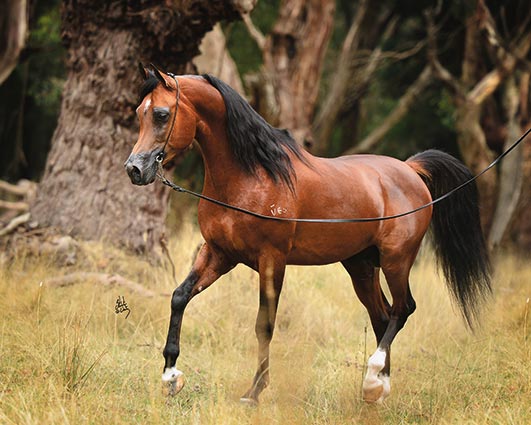
Unfortunately, low libido can also be a result of over-correction to stallions in show situations as well, even carrying over into the breeding shed. I’ve seen many cases of behaviourally ‘impotent’ stallions that were made that way due to severe treatment from handlers. In this stallion’s case, his libido was mostly normal, although he had times where it was a bit weak. The first thing to do was to draw blood and get a hormone profile to make sure he wasn’t experiencing a hormonal imbalance. He was not. His living environment was as basic and interference free as possible for three months. No lights, no rugs, exposure to being outside a lot and in the company of mares. In early February, the first collections began. The stallion was collected several times with normal libido and good breeding behaviour. The majority of sperm cells were dead. But there was a clue. The total number of sperm cells was very high. This is often the sign of a stallion that is known as an ‘accumulator’. In an accumulator stallion, the sperm cells are not being lost in the normal manner (ejaculation, masturbation, urination), instead these sperm cells basically continually accumulate and when the stallion ejaculates, it is not a ‘fresh’ ejaculate of mature sperm cells, but a large number of stored cells that are not suitable for insemination or breeding.
This stallion was then collected three times per day for several days, then once per day for ten days in succession. This accomplished several things. First of all, multiple collections over several days should have removed the most current batch of stored cells. Collecting the stallion every day for ten days will be producing his DSO or daily sperm output. The DSO is what he produces normally per day, unstored. For most stallions, that may be around 4-6 billion per day, compared to 10 billion on a normal stallion that is collected a few times per week. When an ‘accumulator’ is being collected, the number of sperm cells may be three times that number. Not surprisingly, at the end of the collection period, the stallion was producing around 5 billion cells per day, and the motility was around 70%.
The manager put the horse on a frequent collection schedule every time they had a mare to breed, and as of this writing, a number of mares are in foal, both on the farm and via shipped, cooled semen. The owner had been about to retire the stallion from stud, but due to some detective work and a dedicated manager, the stallion is back to siring more champions for the future.
It takes an extra effort, but everyone feels it is worth it. Will this work with any stallion that has fertility problems? Of course not. But asking the right questions and treating this stallion in a holistic manner – environment, diet, mental and physical well-being – revealed a very treatable solution to his problem.
Cindy Reich is a graduate of Colorado State University in the USA, and has been managing breeding farms for over 30 years. She is currently managing the breeding program at the WK Kellogg Arabian Horse Center at Cal Poly University in Pomona, California. In addition to being a breeding consultant, Cindy is also a sought after international judge of Arabian horses, and judges and conducts seminars and clinics worldwide.



